Paintings, and other depictions of scenes and individuals from long-lost cultures, are one of our major windows into the past. Through artwork we can understand what these people looked like, how they dressed and lived, what they considered to be important, and therefore who they were.
Often the insight is, almost uniquely in historic records, a deeply personal one. Only fiction and literature from the seventeenth century offers a comparatively candid assessment of the individual, but unlike fiction these paintings are, on the surface at least, offering a reflection of real life.
That is not to say that paintings do not often contain a meta commentary all of their own. Here are six such examples from history where the artist has inserted something hidden in their art.
1. The Creation of Adam: Mind over Matter
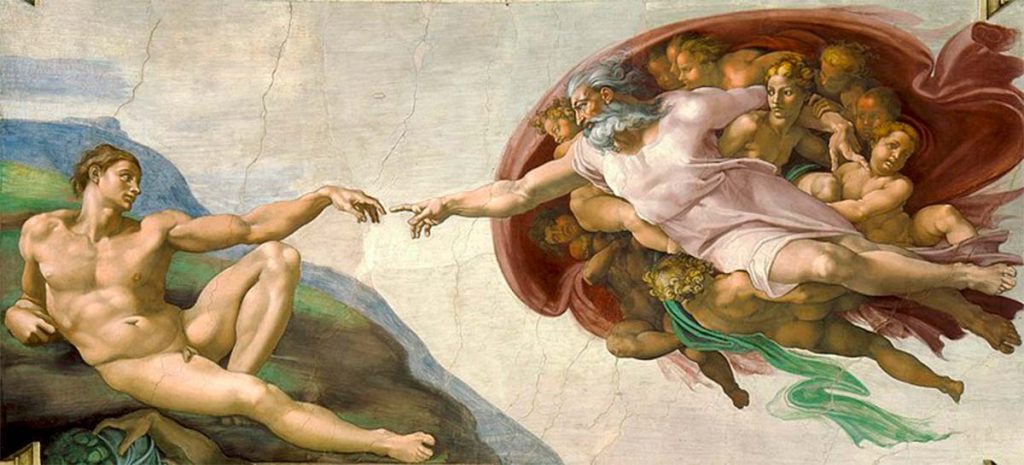
2. Café Terrace at Night: The Last Coffee
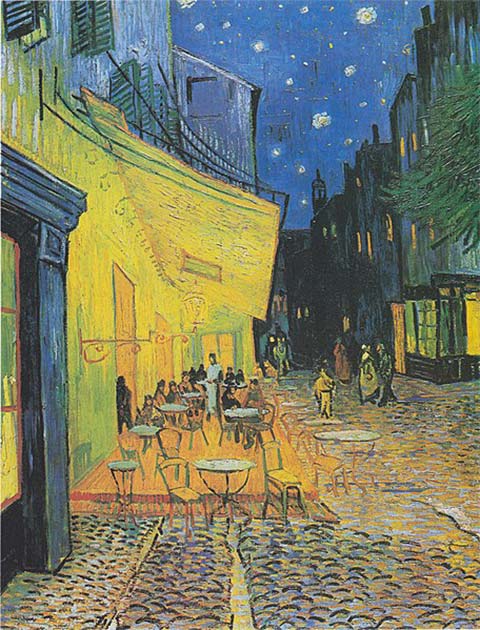
3. The Ambassadors: Et in Arcadia Ego?
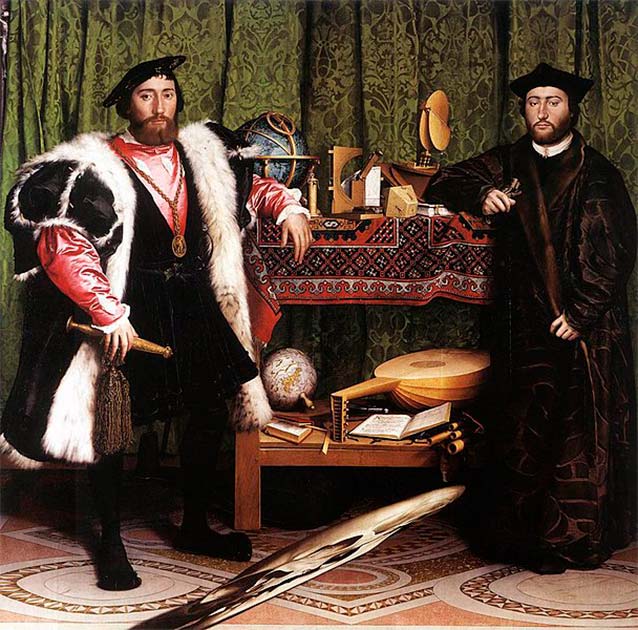
4. Madame X: Scandalous Exposure
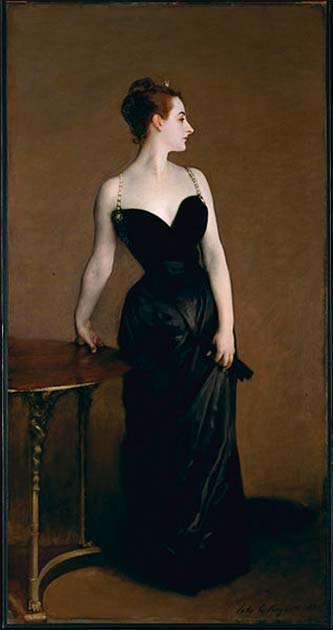
5. Bacchus: Portrait of the Artist as a Corrupting Influence
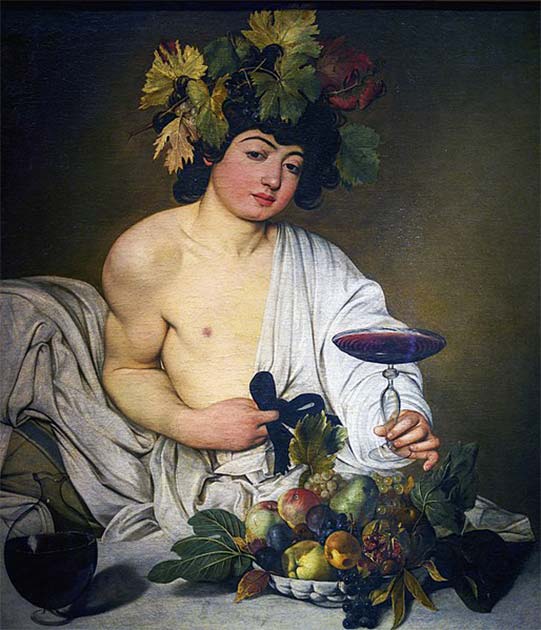
6. The Music Lesson and a Hidden Impurity
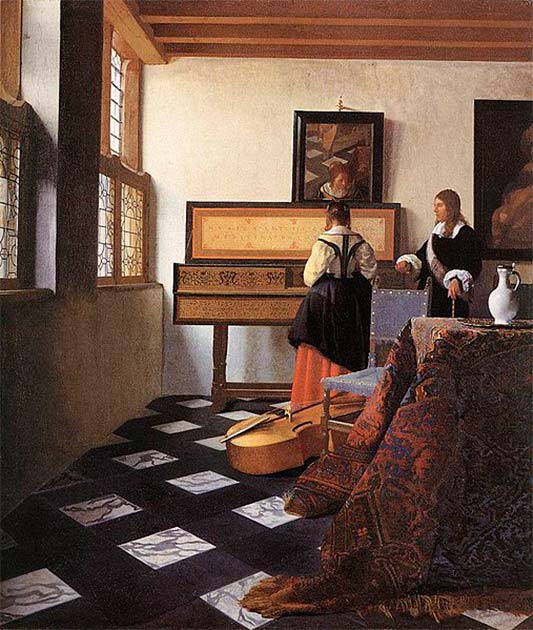
Top Image: Detail from the Sistine Chapel’s painting Creation of Adam: did Michelangelo dare secretly suggest that God was all in the mind? Source: Michelangelo / Public Domain.
By Joseph Green